The Best Flowers to Plant in Idaho: 20 Flowers for a Gorgeous Bloom
13. Daffodils
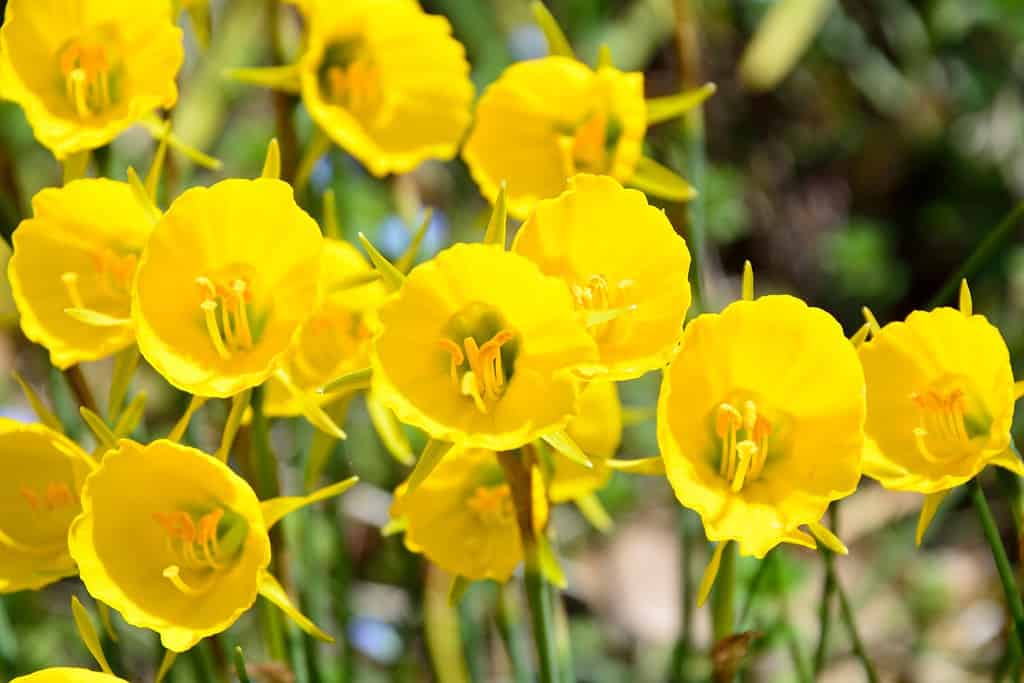
©High Mountain/Shutterstock.com
Virtually no maintenance is needed for these easy-to-maintain flowers. To encourage greater flowering, you don’t need to prune or deadhead the plant. Additionally, daffodils do well in both heat and cold!
This is one of the toughest flowers you can plant in Idaho. They can endure extended periods of cold, heat, insects in the garden, and occasionally even sickness and fungus.
14. Russian Sage
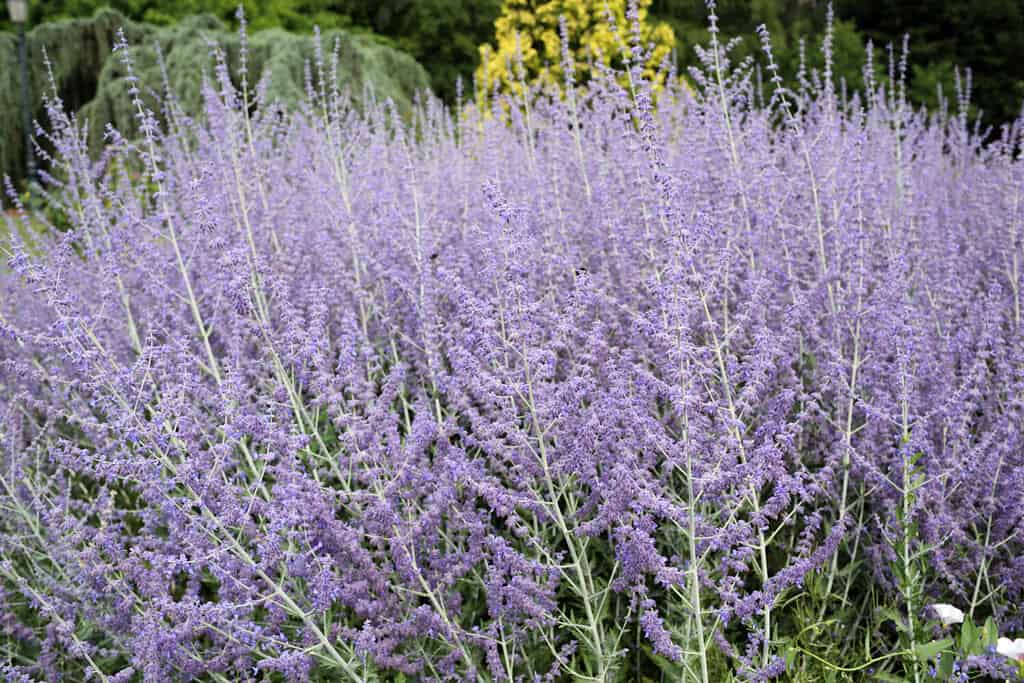
©loflo69/Shutterstock.com
A lovely plant that mimics lavender is called Russian Sage. Its spires of small lavender blossoms contrast wonderfully with the foliage, which is gray-green and somewhat hairy. Russian Sage does not have a particular preference for soil so long as it drains adequately; however, it does prefer direct sunlight.
This flower has a spread of between two and four feet and reaches heights of three to five feet. The blooming season lasts from the summer into early autumn. In USDA plant hardiness zones five through nine, Russian sage is resilient.
15. Yarrow
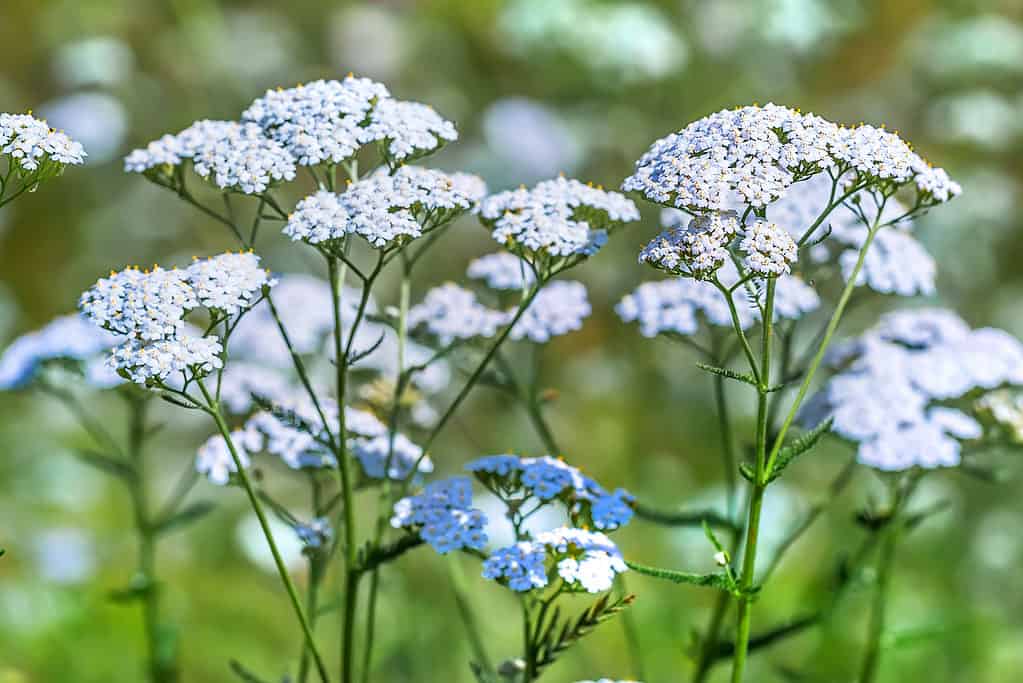
©Starover Sibiriak/Shutterstock.com
These are grassy perennial flowers with flattened disc-shaped flower heads with an arrangement of small blossoms on strong stems that resemble ferns. Based on the cultivar, shades vary from white and yellow to red and pink, with a few bicolors as well.
Grow yarrow on sand-like well-drained soil in full sunlight. Yarrow grows between two and four feet tall and spreads out to a width of two to three feet. USDA plant hardiness zones three through nine are suitable for growing yarrow.
16. Dahlia
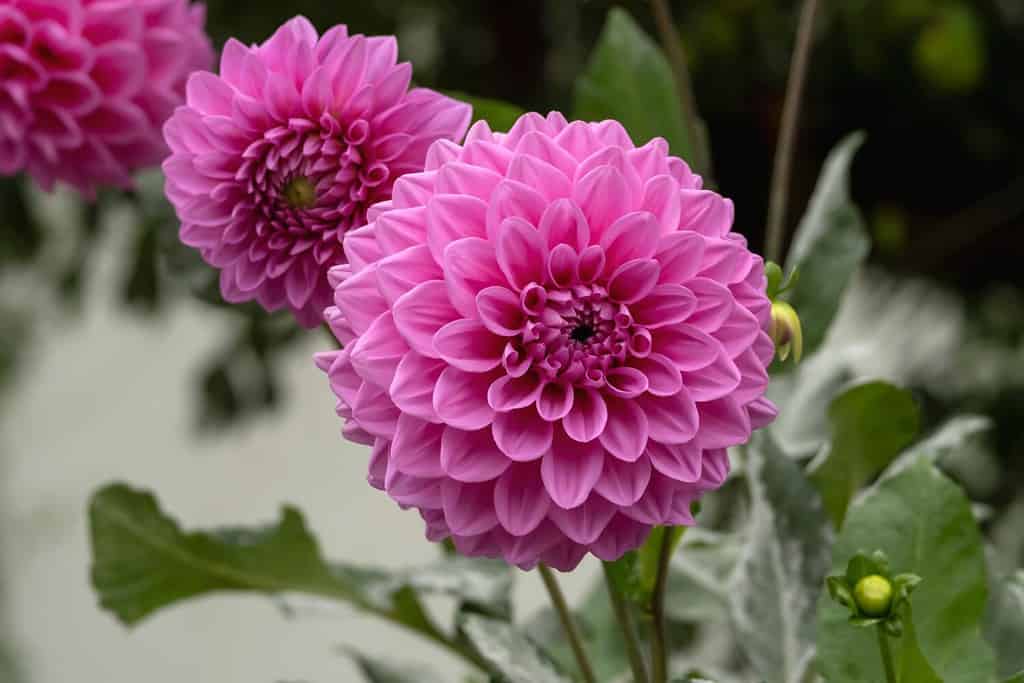
©jessicahyde/Shutterstock.com
The most straightforward flower to cultivate in Idaho is the dahlia. It can be grown on any kind of soil, requires little to no watering, and requires no fertilizer. Dahlias do best when planted in garden pots.
Dahlias are susceptible to garden pests, just like a few other blossoming plants on this list. Garden animals like squirrels, deer, and bunnies will consume bulbs, blooms, and occasionally the plant itself.
17. Spike Speedwell
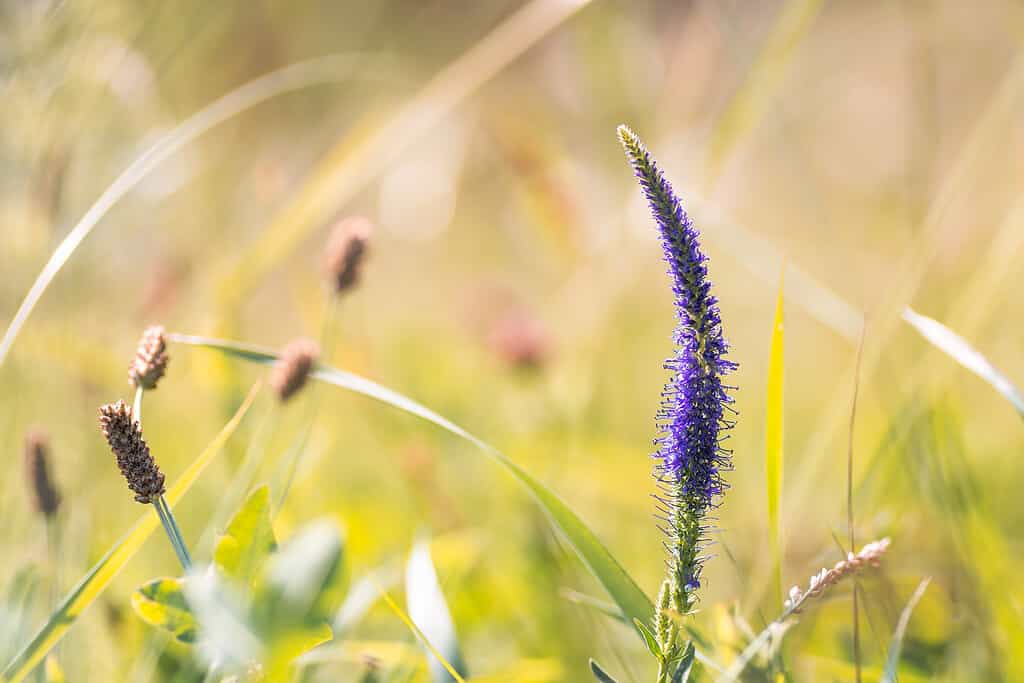
©SkyWet/iStock via Getty Images
Spike Speedwell resembles the Russian Sage in appearance. It develops between six and eight spires of a unique blue shade. The blooms are perched over a heap of foliage as it climbs to lengths of 12 to 18 inches. It likes medium well-drained soil with full light.
This beautiful flower thrives with additional irrigation to prevent the soil from entirely drying out. It is hardy in USDA plant hardiness zones four to six and blossoms from late spring through mid to late summer.
18. Zinnia
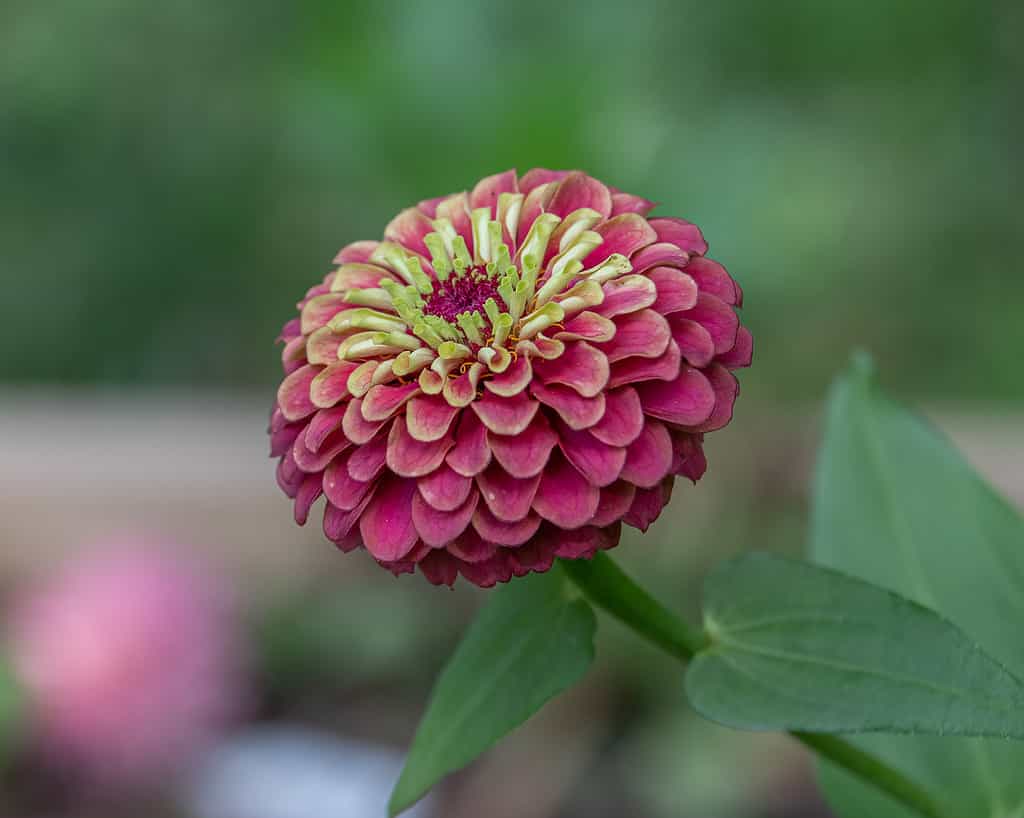
©Joshua Goddard/iStock via Getty Images
In Idaho, zinnias are the simplest and most widely grown variety of flowers. In comparison to other blooms, it needs fewer resources such as light, water, and attention to sprout in the winter.
Zinnias are one of the only spring flowers that can be sown in early summer to continue to bloom and grow. You can plant them in the spring to give them a head start. Although zinnias provide lovely flowers, if the soil is too damp, fungus can lead to root rot. Not only that, but it can also have an impact on the coloration and longevity of blossoms.
19. Lily
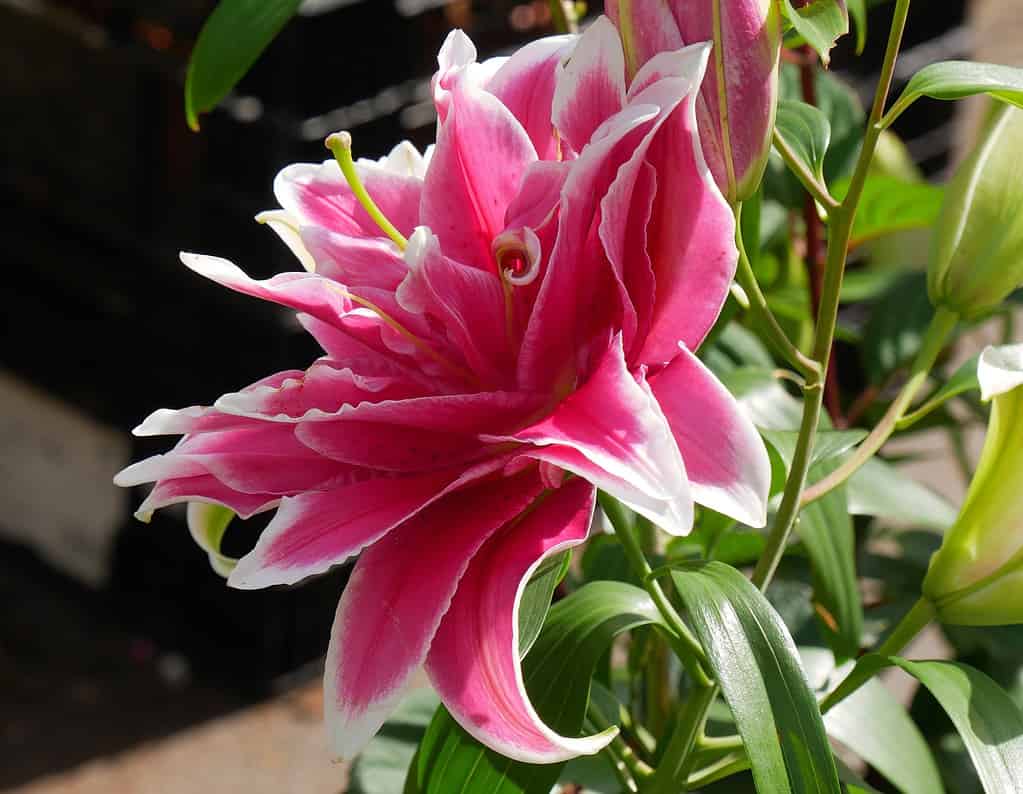
©Batest/Shutterstock.com
Lilies can bloom all summer long if you choose the appropriate kind, not only in the spring. Additionally, these flowers cannot be planted, thus different varieties bloom at various times throughout the year.
The fact that these grow right up, makes them ideal for urban landscapers, tiny settings, or as a cross-pollinator among other plants. Lilies are often tolerant of rain, extreme temperatures, shade, and droughts. However, excessive rain might result in illnesses like root rot and others that will kill your flowers.
20. Black-Eyed Susans
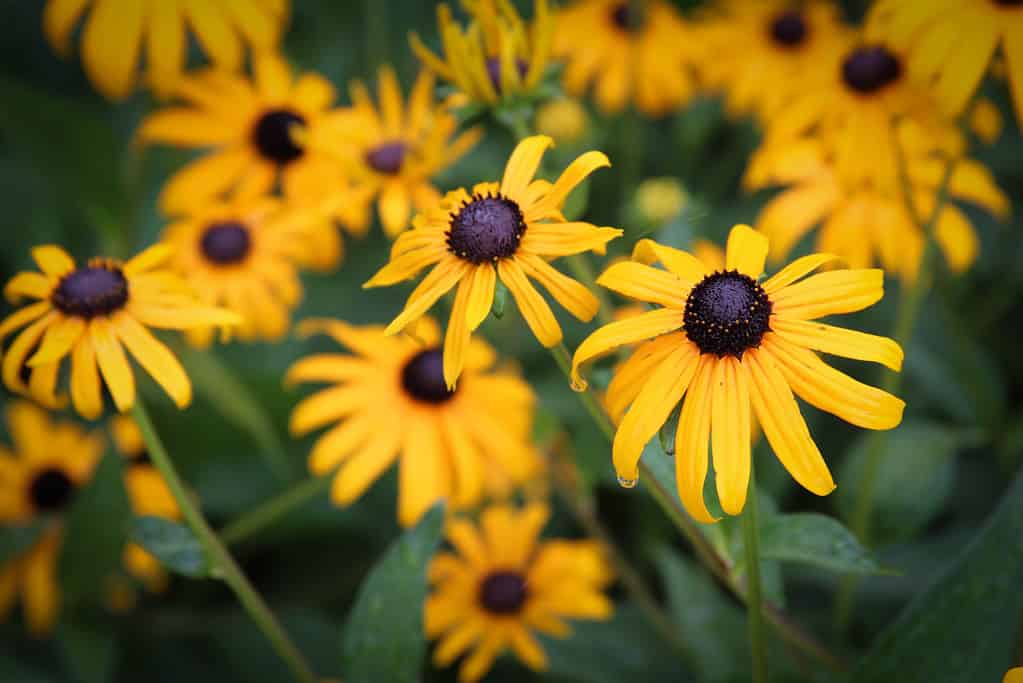
©LauraTabor/iStock via Getty Images
Droughts don’t affect Black Eyed Susans significantly, and even though there may not be as many flowers blooming, they will still survive. For year-round summer blossoms, they are the ideal flower to grow in any place in the backyard, garden, or even within your home.
They do nicely in mulched portions of the yard in addition to in regions of sandy soil or gardens. Plant black-eyed Susans if you’d like to draw bees, butterflies, and songbirds to the flowers!
Summary of the Best Flowers to Grow in Idaho
1. Aster
2. Cranesbill
3. Blanket Flower
4. Tulips
5. Potentilla
6. Shasta Daisy
7. Phlox
8. Marigolds
9. Lavender
10. Sweet William
11. Pincushion Flower
12. Petunias
13. Daffodils
14. Russian Sage
15. Yarrow
16. Dahlia
17. Spike Speedwell
18. Zinnia
19. Lily
20. Black-Eyed Susans









